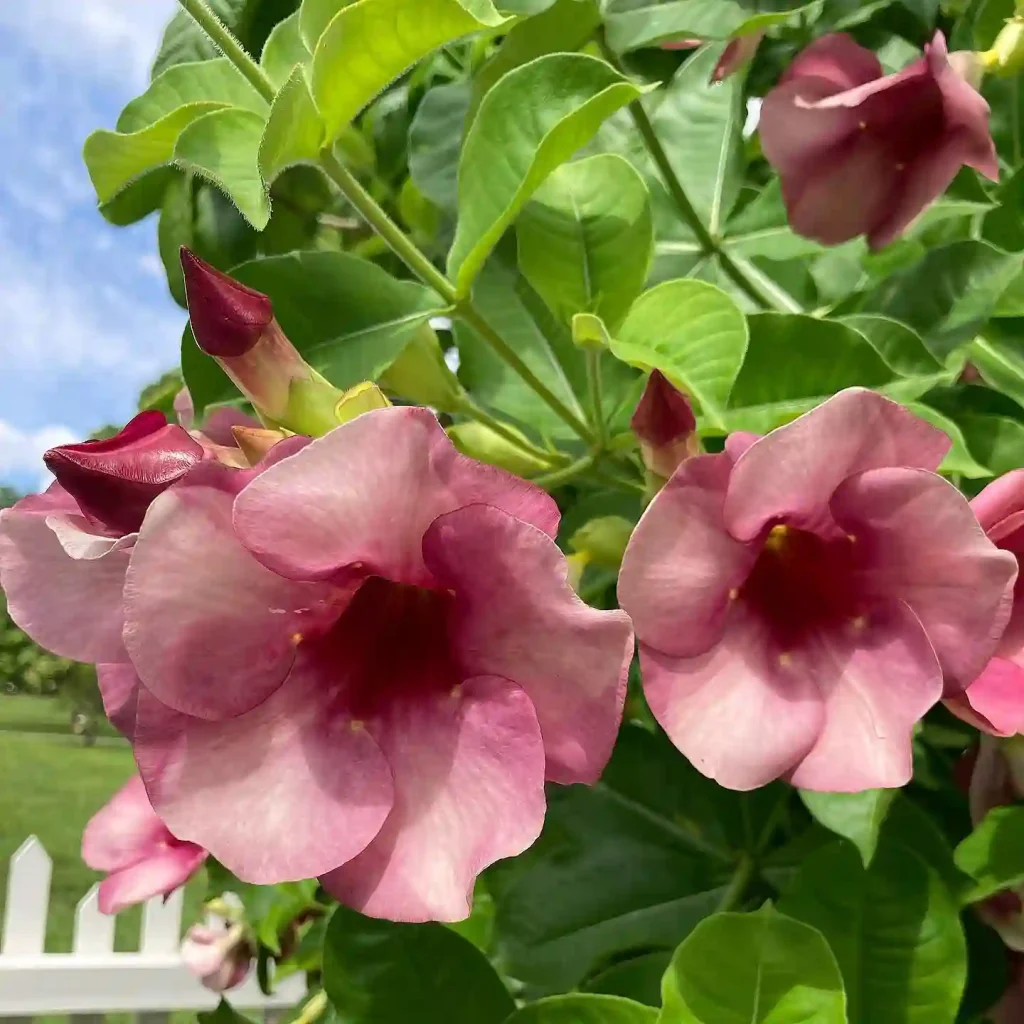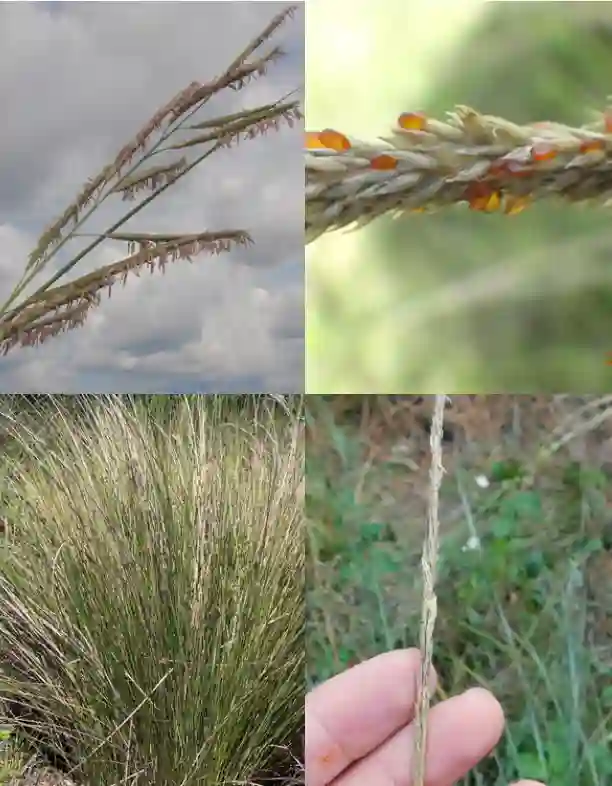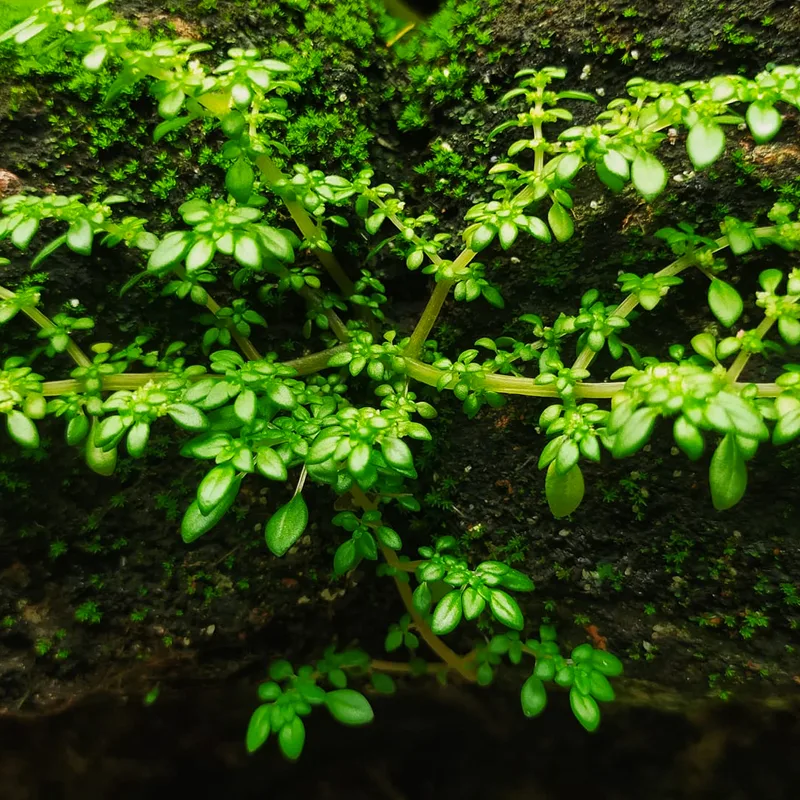My Fascination with the Burmanniaceae Family
I’ve always been captivated by the diversity of the plant kingdom, and my recent exploration of the Burmanniaceae family has only deepened my admiration. These plants, often overlooked due to their small size and inconspicuous nature, are a testament to the intricate beauty and adaptability found in even the most seemingly unremarkable corners of the natural world.
An Introduction to the Burmanniaceae
The Burmanniaceae are a family of flowering plants, primarily found in tropical and subtropical regions around the globe. They are characterized by their unique morphology, often lacking chlorophyll and relying on mycorrhizal associations for their nutritional needs. This mycoheterotrophic lifestyle, while fascinating in its own right, also makes them challenging to study and cultivate.
A Diverse Array of Genera
The Burmanniaceae encompass a surprisingly wide range of genera, each with its own distinct characteristics and ecological niche.
- Afrothismia: A genus of mycoheterotrophic plants found in tropical Africa, known for their small size and unusual flowers.
- Apteria: A genus of mycoheterotrophic herbs native to the Americas, characterized by their lack of chlorophyll and symbiotic relationship with fungi.
- Burmannia: A widespread genus of mycoheterotrophic herbs, recognized for their slender stems and colorful, often blue or purple, flowers.
- Campylosiphon: A genus of mycoheterotrophic plants, primarily found in tropical regions, distinguished by their curved or bent flower stalks.
- Dictyostega: A small genus of mycoheterotrophic plants found in South America, known for their net-like patterns on their flowers.
- Gymnosiphon: A pantropical genus of mycoheterotrophic herbs, characterized by their small, often white or yellow, flowers and thread-like leaves.
- Haplothismia: A genus of mycoheterotrophic plants found in Asia, with small, often brightly colored flowers and a unique single stamen.
- Hexapterella: A rare genus of mycoheterotrophic plants found in South America, distinguished by their six-winged fruits.
- Marthella: A monotypic genus of mycoheterotrophic herbs native to Central America, with a single species known for its small, white flowers.
- Miersiella: A small genus of mycoheterotrophic plants found in Central and South America, characterized by their reduced leaves and colorful flowers.
- Oxygyne: A small genus of mycoheterotrophic herbs found in tropical Africa, known for their unique flower morphology and underground stems.
- Thismia: A widespread genus of mycoheterotrophic plants, often called “fairy lanterns” due to their unique and colorful flowers.
- Tiputinia: A genus of mycoheterotrophic plants found in the Amazon rainforest, known for their striking, bird-pollinated flowers.
The Importance of Conservation
Despite their ecological significance and their potential as sources of novel compounds for medicine and other applications, many Burmanniaceae species are threatened by habitat loss, deforestation, and climate change. Their reliance on specific mycorrhizal fungi and their often restricted geographic ranges make them particularly vulnerable to environmental disturbances.
My Personal Connection
As a botanist and a nature enthusiast, I feel a deep sense of responsibility to contribute to the conservation of these remarkable plants. My research focuses on understanding the mycorrhizal associations of Burmanniaceae and their role in the ecology of tropical forests. I also strive to raise awareness about the importance of these plants and the threats they face.
A Call to Action
I believe that everyone has a role to play in protecting the biodiversity of our planet. Whether it’s supporting conservation organizations, reducing our environmental impact, or simply appreciating the beauty and complexity of the natural world, every action counts. The Burmanniaceae, with their unique adaptations and their ecological significance, serve as a reminder of the wonders that await those who take the time to look closely.
In conclusion, my exploration of the Burmanniaceae family has been a journey of discovery and appreciation. These plants, with their delicate beauty and their fascinating ecological roles, have captured my imagination and inspired me to dedicate my career to their study and conservation. I hope that my passion for these plants will inspire others to appreciate the diversity and resilience of the natural world and to join me in protecting it for future generations.
If i die, water my plants!



